Here's an example.
Say you have a bunch of RF amplifiers connected in parallel so as to give you a higher output. Forget for the moment about how this combining is done.
All real-world amplifiers exhibit some variability between parts. They may have slightly different gains, or slightly different noise figures, or slightly different gains as a function of frequency. Their characteristics also may vary with temperature or power supply voltage.
Those first two factors might be considered random, as their affects on the overall system are not correlated. If the gain of one part is slightly above the average, it's probably compensated for by another part who's gain is slightly below the average (assuming the amplifiers gain have some sort of gaussian distribution about a mean).
The second two effects - temperature and power supply sensitivity, would be considered systematic as they affect all parts the same. For example, many RF amplifiers have a negative gain coefficient with respect to temperature. That is, as the temperature increases, the gain goes down. This being the case, if the temperature of the system increases, the overall gain decreases. This decrease in gain wrt temperature would be considered a systematic error.

